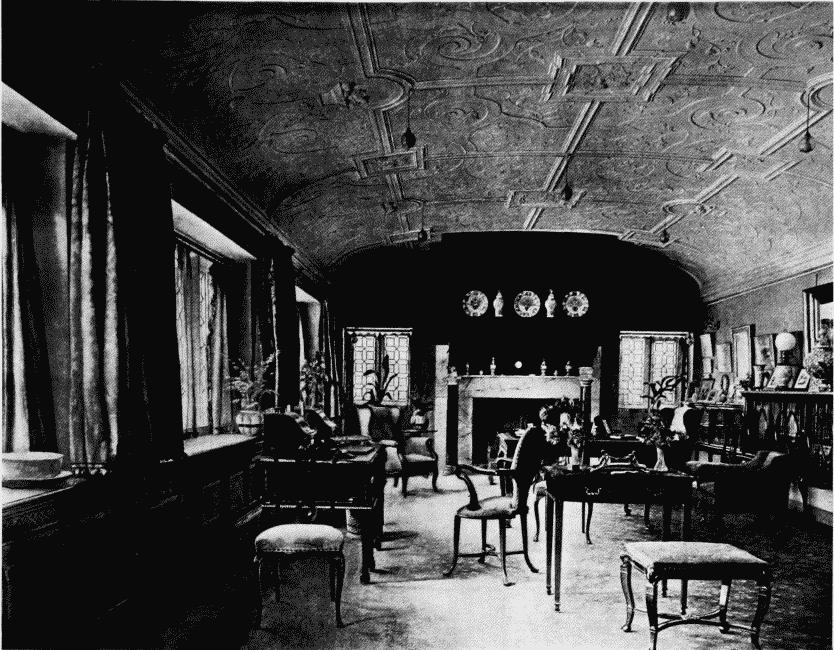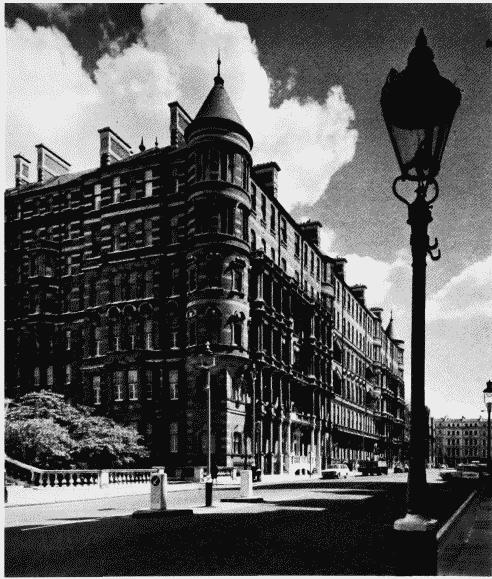Survey of London: Volume 38, South Kensington Museums Area. Originally published by London County Council, London, 1975.
This free content was digitised by double rekeying. All rights reserved.
, 'Plate 111', in Survey of London: Volume 38, South Kensington Museums Area, (London, 1975) pp. 111. British History Online https://www.british-history.ac.uk/survey-london/vol38/plate-111 [accessed 19 May 2024].
. "Plate 111", in Survey of London: Volume 38, South Kensington Museums Area, (London, 1975) 111. British History Online, accessed May 19, 2024, https://www.british-history.ac.uk/survey-london/vol38/plate-111.
. "Plate 111", Survey of London: Volume 38, South Kensington Museums Area, (London, 1975). 111. British History Online. Web. 19 May 2024, https://www.british-history.ac.uk/survey-london/vol38/plate-111.
In this section
a. No. 185 Queen's Gate, 1890–2, in occupation of W. Vivian in c. 1900: morning-room (p. 338). Demolished

No. 185 Queen's Gate, morning-room in c. 1900.
No. 185 Queen's Gate, 1890–2, in occupation of W. Vivian in c. 1900: morning-room (p. 338). Demolished
b (left). Albert Court, Prince Consort Road, 1890—c. 1900, in 1972.

Albert Court, Prince Consort Road, in 1972.
Albert Court, Prince Consort Road, 1890—c. 1900, in 1972.
F. Hemings, architect, succeeded by R. J. Worley (p. 347)
c (right). Flats at No. 177 Queen's Gate, c. 1898.

No. 177 Queen's Gate.
Flats at No. 177 Queen's Gate, c. 1898.
A. Young, architect (p. 325). Demolished
